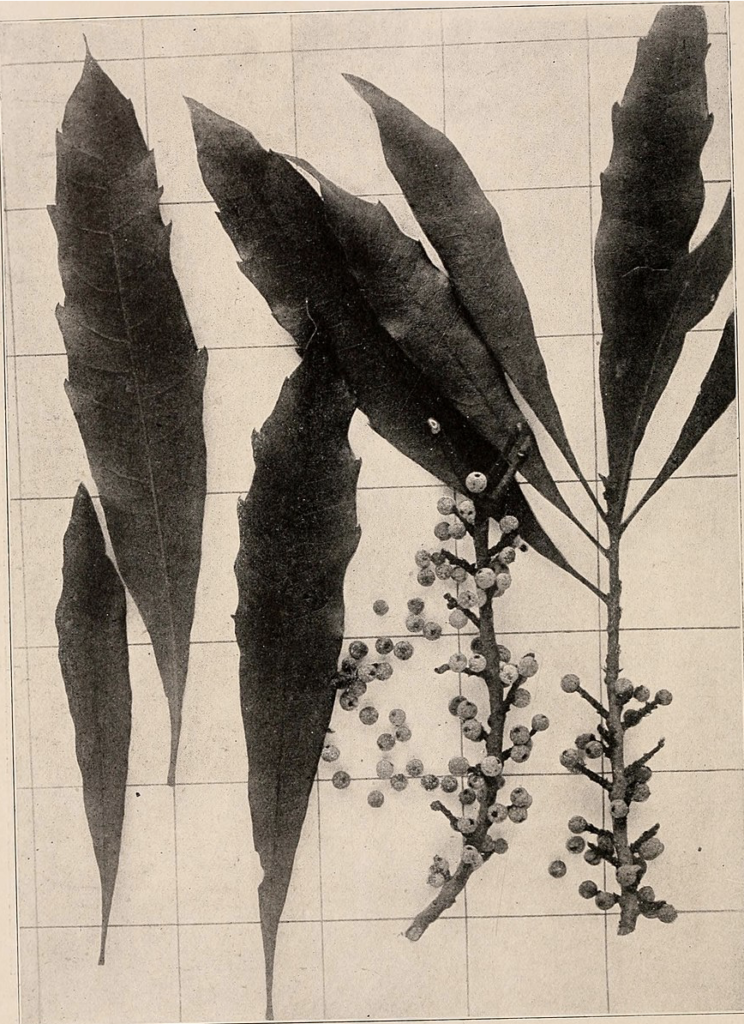
Bayberry candles are a type of candle that are made from the bayberry shrub. The bayberry shrub is a small, evergreen shrub that is found in the eastern United States. It produces small, dark green leaves and small, white flowers. The small, dark purple fruit is dried and then used to make bayberry candles.
The instructions for making bayberry wax candles below were originally printed in a newspaper article in 1922. It’s hard for me to imagine that this was 100 years ago.

Candles of Bayberry Wax
Bayberry candles for the Yuletide season were the pride of colonial dames. Then they went out completely and no one ever heard of homemade bayberry candles until a few years ago saw a revival of the art, when one found them again in arts and crafts shops, writes Helen Harrison in the New York Post.
Amateurs began to experiment, and they learned that candle making is not a difficult art.
Brass or Copper Kettles
One amateur experimenter found that brass or copper kettles used for melting wax made the gray-green of bayberry wax much greener.

Candle Dip or Mold
The old fashioned candle dip method is simple, or one can construct molds of heavy paper if regular forms are not available.
The Berries
One quart measure of berries will make a medium-sized candle. The old fashioned candle molds are large and require about two quarts of berries for one candle.
The berries should be covered with water and set over the fire to melt off the wax coating.
Straining
As twigs and leaves get in with the berries, it is necessary to strain the wax through a sieve at first. After the first straining the wax should be reheated and then strained again through coarse cheesecloth.
Molding
When ready to mold, fasten lengths of candlewick through each mold, knotting the wick at the mold’s point and tying the other end around a stick that will rest across the top of the mold.
Heating the wax again, fill in each mold, making sure that the wick is taut.
To remove from mold without cracking, warm it slightly in hot water before slipping the candle from each form.
Heavy paper can be sewed or pasted into mold forms and a bottom glued to each, leaving a small hole in the center of the bottom, through which the wick can be slipped and knotted. It is a slower process, but satisfactory as a makeshift.
Candle Dips
To make candle dips fasten two or three pieces of wick to a stick and far enough apart to prevent touching but not too far to extend beyond the sides of the kettle holding the wax.
Dip into how wax repeatedly, as each coat chills, until desired size has been obtained.
Source: The Punta Gorda herald. (Punta Gorda, Fla.), 15 Dec. 1922.

